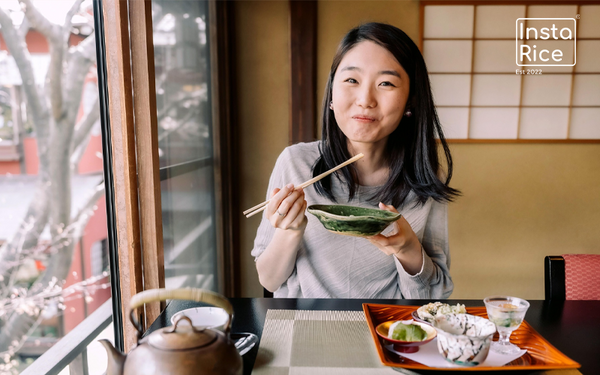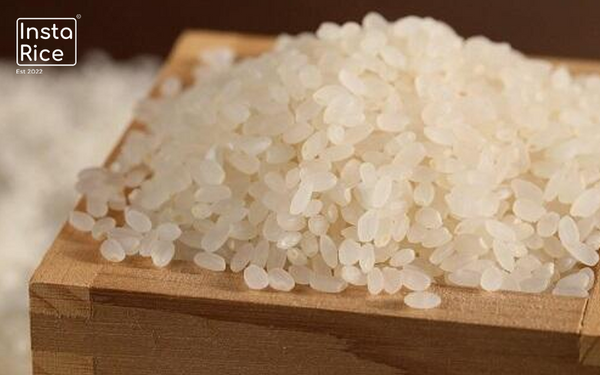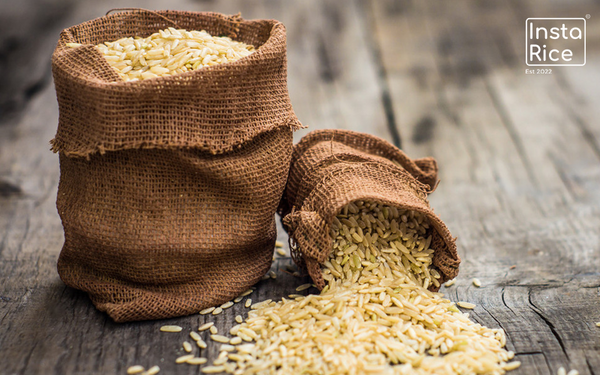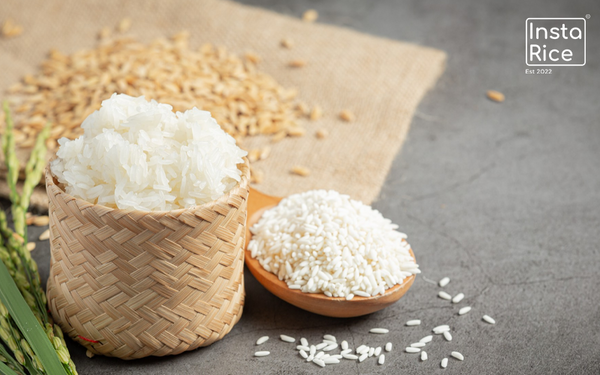The History and Culture of Rice Cuisine in Japan
Rice has been an integral part of Japanese cuisine and culture for centuries. This article goes over the long history and cultural importance of rice in Japanese society, along with many favourite rice dishes enjoyed in the Land of the Rising Sun.
How Long Have Japanese People Eaten Rice?

Growing rice in Japan goes back over two millennia, with the first crops thought to have originated on the Korean Peninsula about 300 BC. Rice has since played a vital role in shaping the country's culinary traditions.
Rice became a staple crop due to its adaptability to Japan’s diverse climate. Rice farming techniques were refined over the years, and rice became a source of food for everyone. It was also used in Shinto religious ceremonies to represent purity and divine connection.
Rice and Japanese Culture
Rice's value goes beyond its use as a food source. Rice is a symbol of wealth, prosperity, and even spiritual purity in Japan. It is built into religious ceremonies and celebrations. At Shinto weddings, for example, newlyweds share "san-san-kudo," a tradition in which they sip rice wine from three distinct cups to symbolise their unity.
Even today, rice plays a role in popular culture, with traditional festivals like “Oseibo” and “Shichi-Go-San” celebrating harvest and the growth of children, respectively, with offerings of rice-based gifts.
Types of Rice Eaten in Japan
Several rice varieties are grown and consumed in Japan, each with its own unique characteristics and uses. Some popular types include:

- Japonica Rice: The most commonly eaten short-grain rice with a sticky texture, ideal for sushi and onigiri. Japonica rice includes premium varieties like “Koshihikari” and “Hitomebore,” which are known for their delicate flavour and tender texture.

- Indica Rice: Long-grain rice is often used for making sake (rice wine) due to its lower starch content.

- Sticky Rice: Known as mochigome, this glutinous rice variety is used to create mochi (rice cakes) and other traditional sweets.
Benefits of Eating Rice

Rice is not only a delicious part of Japanese cuisine but also a nutritious one. Some benefits of consuming rice include:
- Complex Carbohydrates: Rice provides a sustained source of energy due to its complex carbohydrate content, making it a staple for hardworking Japanese farmers throughout history.
- Low in Fat and Cholesterol-Free: Making it a heart-healthy choice, especially in a diet that emphasises fish and vegetables.
- Source of Essential Nutrients: Rice is rich in essential nutrients like thiamine (vitamin B1), niacin (vitamin B3), magnesium, and iron, which are vital for maintaining good health and preventing nutritional deficiencies.
Rice Varieties and Brands
In Japan, rice varieties are often classified by their quality and grade. Some popular brands known for producing high-quality rice include:
- Koshihikari: A well-regarded and widely consumed premium rice variety known for its sweet taste and tender texture. Grown in various regions of Japan, each crop has its unique flavour influenced by the local climate and soil.
- Hitomebore: Another popular choice for its soft texture and delicious flavour. Hitomebore rice is grown mainly in Miyagi Prefecture and is favoured by many for its versatility.
Conclusion
In conclusion, rice has been a staple food and cultural icon in Japan for centuries. It is a symbol of wealth, prosperity, and purity, and it has played a vital role in shaping the country's culinary traditions and societal practices. Rice cultivation has also shaped the landscape and traditions of rural Japan.
There are many different types of rice grown in Japan, each with its own unique flavour and texture. Some of the most popular types include Japonica rice, Indica rice, and sticky rice. Rice is a nutritious food that is low in fat and cholesterol, and it is a delicious and versatile ingredient that can be used in many dishes.
If you are interested in learning more about the history and culture of rice in Japan, I encourage you to read the article "The History and Culture of Rice Cuisine in Japan". This article provides an overview of the topic, and it is sure to give you a great understanding of the importance of rice in Japanese culture.
